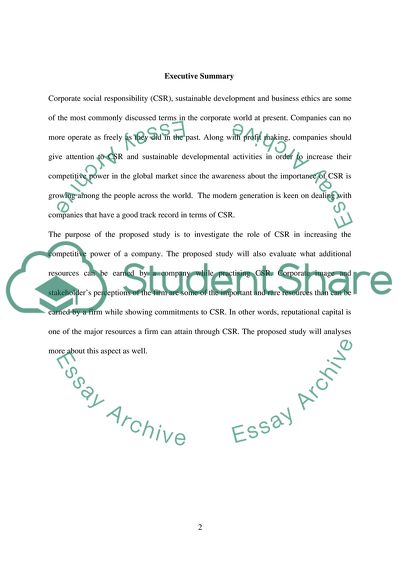Cite this document
(Corporate social responsibility Thesis Proposal, n.d.)
Corporate social responsibility Thesis Proposal. https://studentshare.org/finance-accounting/1867441-corporate-social-responsibility
Corporate social responsibility Thesis Proposal. https://studentshare.org/finance-accounting/1867441-corporate-social-responsibility
(Corporate Social Responsibility Thesis Proposal)
Corporate Social Responsibility Thesis Proposal. https://studentshare.org/finance-accounting/1867441-corporate-social-responsibility.
Corporate Social Responsibility Thesis Proposal. https://studentshare.org/finance-accounting/1867441-corporate-social-responsibility.
“Corporate Social Responsibility Thesis Proposal”. https://studentshare.org/finance-accounting/1867441-corporate-social-responsibility.


